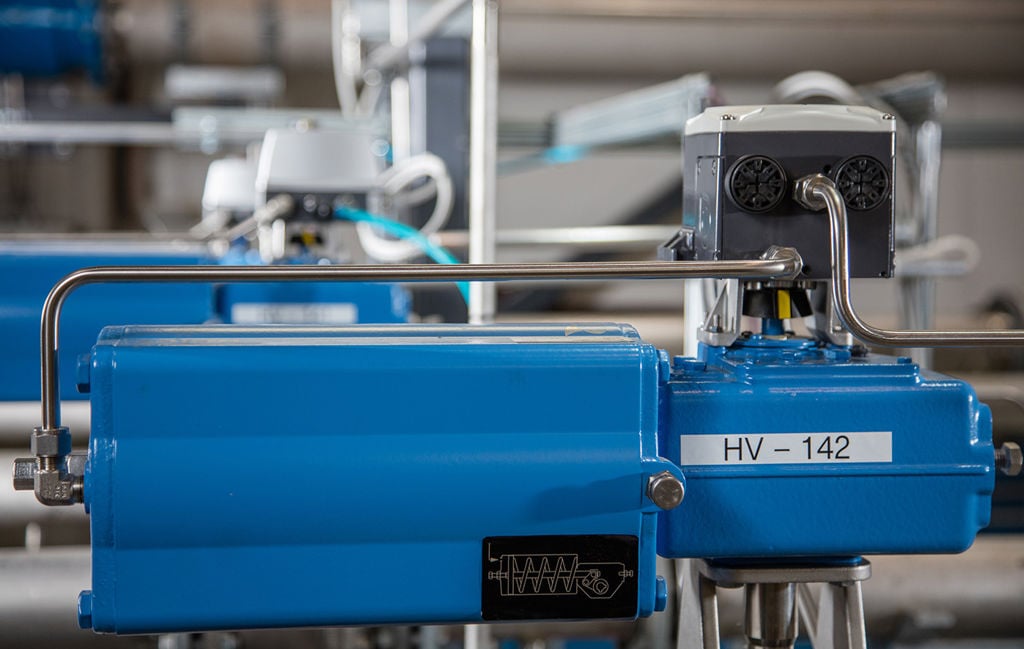Control valve requirements often differ depending on the process area, application and end user specifications. Process conditions and the range of parameters also vary widely, including pressure, temperature, controllability, cavitation risk, environmental impact, noise and more. Plus, priorities may differ.

An end user may want to know more about a valve’s performance, controllability and total life-cycle cost, whereas an EPC contractor may be more concerned about the CAPEX-related costs and delivery times. How do you know where to start – and where to turn for help with quality information you can rely on?
The ideal way is to call in a valve expert to assist your local engineering team, someone to perform sizing calculations, specify needs and identify anomalies to achieve the desired performance and controllability.
Simply repeating what has been done before on similar projects is not a good option. Subtle changes in processes can have serious consequences on equipment such as valves. Additionally, it’s important to stay up-to-date on local regulations and efficiency requirements – and choose valves with the ability to meet them.
The wide world of valves
There is no such thing as an optimum valve to handle all applications. Each type of valve plays a specific role. So it’s important to know which one to choose for the task at hand.
Globe valves are a good choice for general and high differential pressure applications. One reason is because of their inherent resistance to cavitation. Changing the valve’s trim is easy, which is especially helpful if process conditions change quickly or plant capacity increases. These valves are ideal for noise abatement with clean flow mediums and are also widely used for microflow service.
Segment valves are an economical solution for reaching high capacity with a smaller nominal valve size. This means smaller valves can be used in the same applications and the valves can be mounted in practically any orientation. Segment valves are also excellent options for fibrous and unclean flow mediums.
Eccentric rotary plug valves are a compact and reliable solution for general and even more demanding applications. These valves are widely used in refineries and petrochemical plants, as they can also handle dirty fluids with particles.
Butterfly valves are lightweight, economical solutions and are especially attractive valve solutions in large sizes. They typically offer high flow capacity and good emissions performance.
Ball valves are rugged constructions that can be considered problem solvers when it comes to specific control applications. Yet they are also heavy and more expensive, so are not normally the first choice for control use. However, for high-pressure, high-capacity applications, they can still be the best in the long run from a technical and cost perspective.
Moving into more severe service
Control issues such as cavitation, flashing and noise are becoming more commonplace as plants are run at higher pressures and temperatures. If these are not taken seriously, they can quickly cause problems with a valve and the process itself.
It’s important not to choose your valve based on a single normal operational point, but rather to take all possible process conditions into account. Sizing and selection should be based on minimum, normal and maximum process conditions and flow values.
Get the very best from your valves
At Valmet, we believe that every detail matters. Therefore, we offer a comprehensive product portfolio of valves, both linear and rotary, and are ready to support your valve selection with experience, knowledge and the hands-on know-how of decades of deliveries, installation and service.
We are ready to assist you throughout the life of every valve, delivering support to maximize the uptime of your process and ensure the highest performance from your investment.
The text has been updated in April 2022, due to the company name change to Valmet.

